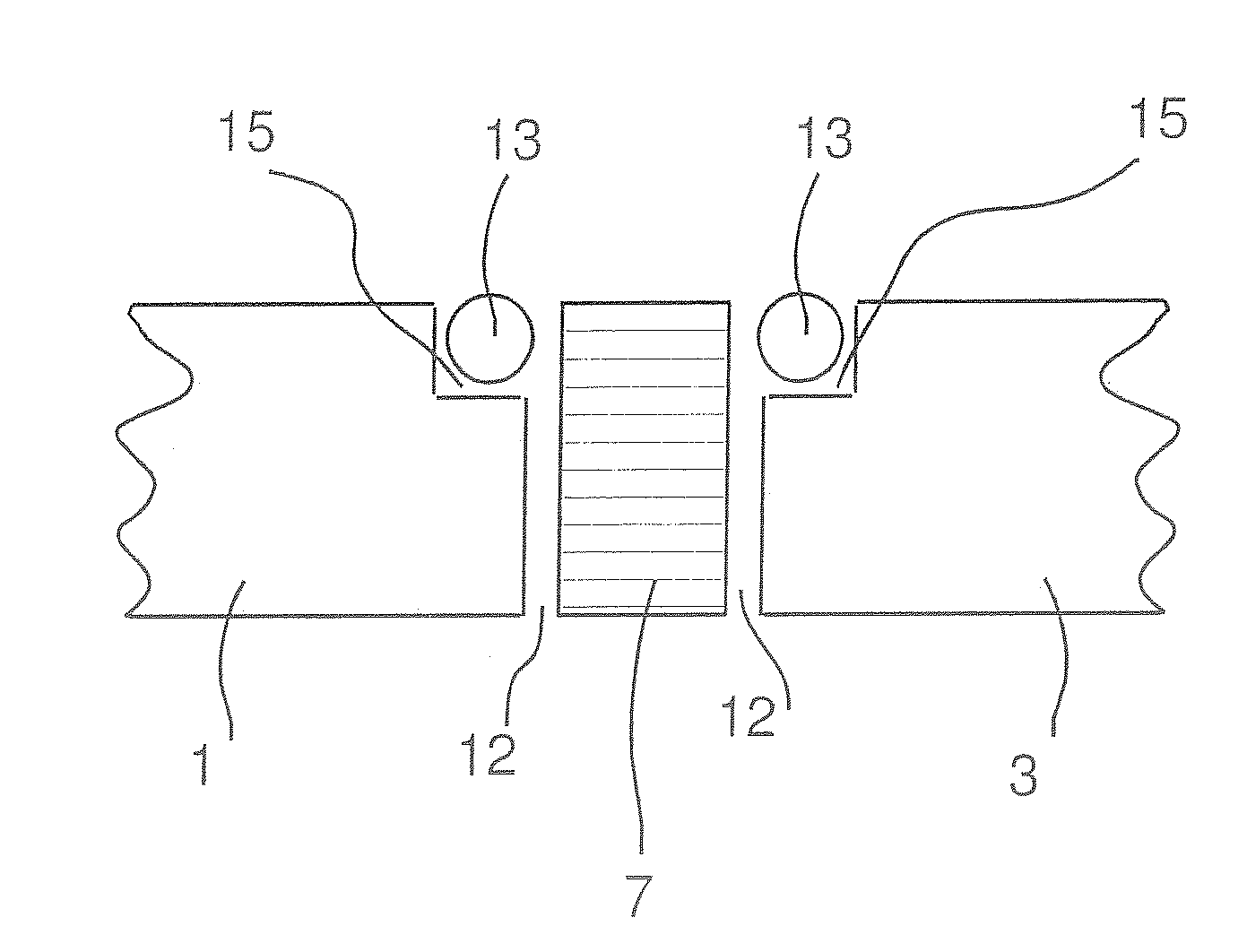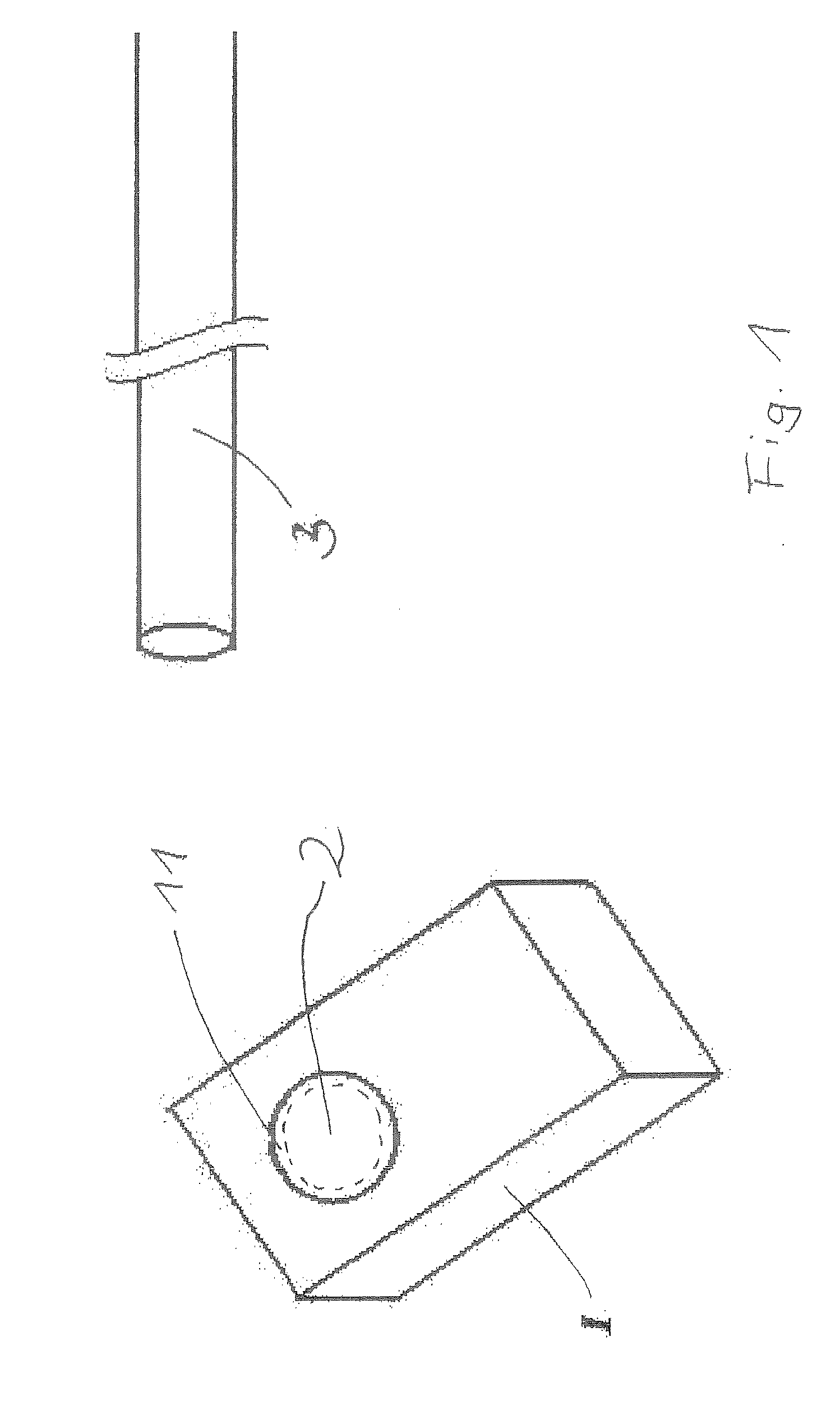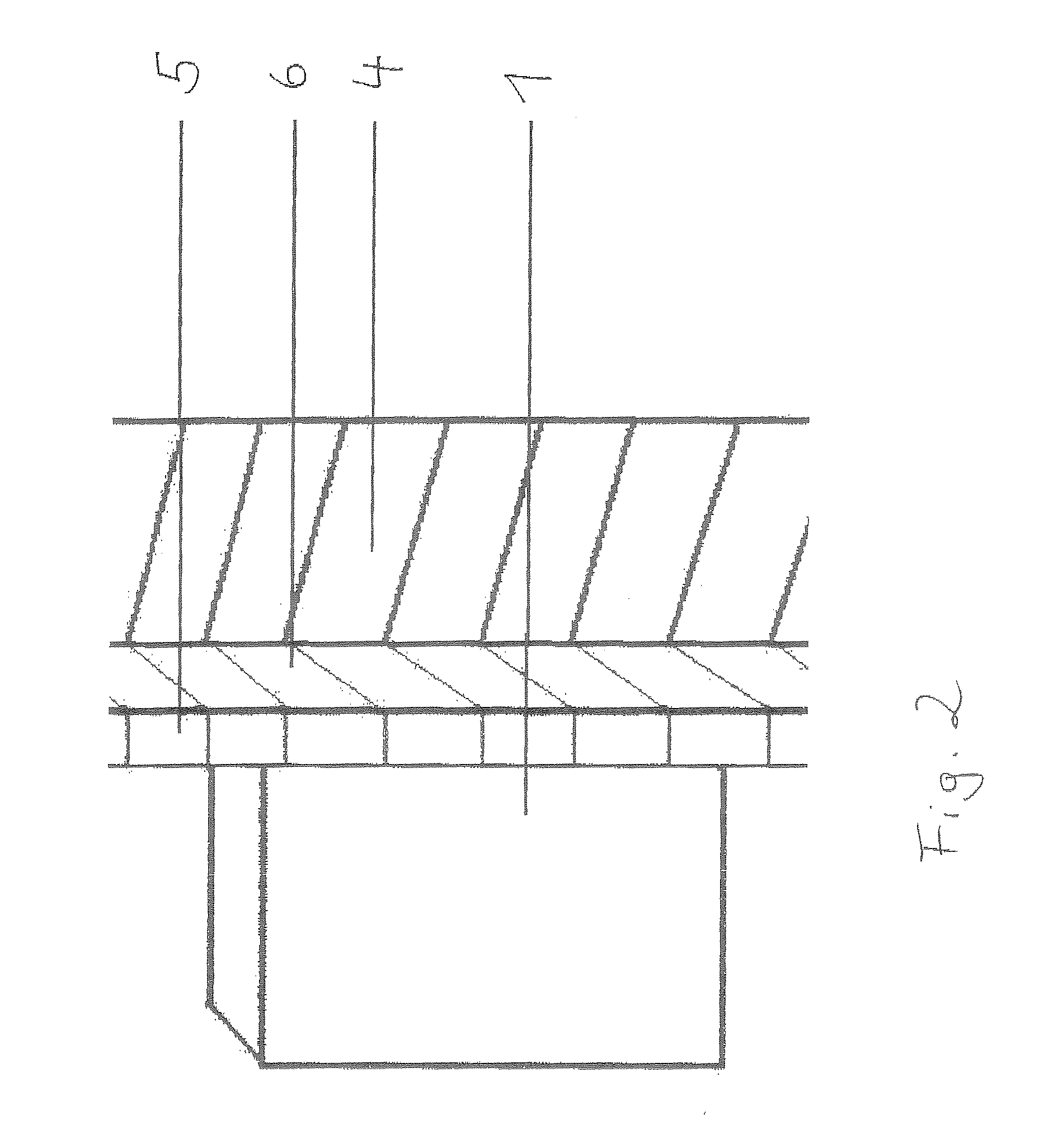Method for joining components made of a high-strength aluminum material and heat exchanger assembled according to the method
a technology of high-strength aluminum and heat exchanger, which is applied in the direction of manufacturing tools, non-electric welding apparatus, etc., can solve the problems of high material mass differences of parts to be connected, the selection of soldering or welding parameters required for pressure-tight and fluid-tight connections can be critical, and the concentration level of magnesium in the alloy to some extent exceeds the concentration of the alloy
- Summary
- Abstract
- Description
- Claims
- Application Information
AI Technical Summary
Benefits of technology
Problems solved by technology
Method used
Image
Examples
Embodiment Construction
[0030]The following description is merely exemplary in nature and is not intended to limit the present disclosure, application, or uses. It should also be understood that throughout the drawings, corresponding reference numerals indicate like or corresponding parts and features. In respect of the methods disclosed, the steps presented are exemplary in nature, and thus, are not necessary or critical.
[0031]FIG. 1 shows a portion of a heat exchanger structured according to the invention, prior to final assembly via a solder connection according to the invention. Schematically depicted is a solid aluminum block 1 with a cylindrical depression 2, in which an aluminum tube 3 is to be soldered. As used herein, soldering includes other joining methods such as brazing, for example. In terms of heat exchangers for motor vehicle air conditioning systems, the aluminum block 1 embodies a connecting block, and the aluminum tube 3 an inlet tube. In the embodiment shown, the two components 1, 3 are...
PUM
| Property | Measurement | Unit |
|---|---|---|
| thickness | aaaaa | aaaaa |
| diameter | aaaaa | aaaaa |
| widths | aaaaa | aaaaa |
Abstract
Description
Claims
Application Information
 Login to View More
Login to View More - R&D
- Intellectual Property
- Life Sciences
- Materials
- Tech Scout
- Unparalleled Data Quality
- Higher Quality Content
- 60% Fewer Hallucinations
Browse by: Latest US Patents, China's latest patents, Technical Efficacy Thesaurus, Application Domain, Technology Topic, Popular Technical Reports.
© 2025 PatSnap. All rights reserved.Legal|Privacy policy|Modern Slavery Act Transparency Statement|Sitemap|About US| Contact US: help@patsnap.com



